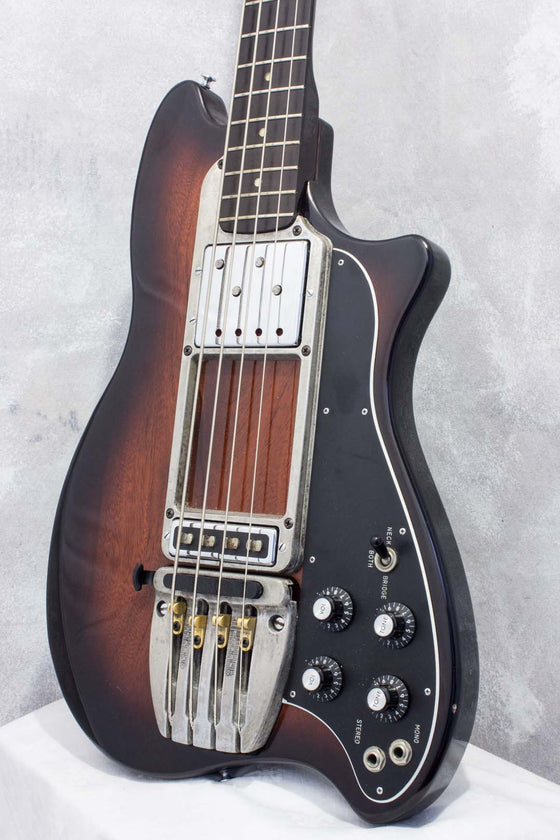

During the time that the instrument is detuned, if it has a truss rod, the neck may be pulled into a slight back-bow, as the strings are not providing the opposing force to maintain the usual slight relief (or flat position in some cases). Then before shipping, all instruments are detuned further until the strings are almost "slack," as is recommended for safety during shipping. to suit your exact tastes.įurther, after instruments are set-up & photographed for listing here on Reverb, they are detuned before storage to prevent undue stress on the neck. While each instrument I sell is professionally set-up prior to being listed on Reverb, that set-up may not be exactly to your particular taste "right out of the box" & (as with any instrument that you buy anywhere) you should expect to possibly make adjustments to the action, string gauges, etc. The set-up on any guitar is subjective & a matter of personal taste, which of course varies for every player. In addition to my 100% 5-star feedback rating here on, I also have a 20 year, 100% positive feedback rating on eBay (from nearly 1000 ratings-user name "scedro").
Reverb ovation magnum bass free#
Please look carefully at all of the photos and feel free to contact me with any questions before buying. All four latches & hinges work as they should. The case definitely shows its over 40 year age (see photos) but it's fully functional. Cosmetically it's in very nice condition for a 40+ year old bass, but it does have many signs of age & wear (see all photos).Functionally this bass plays great & feels great, but as described above it needs electronics attention to get it working correctly as an electric instrument.The volume pot works perfectly & quietly, although the knob is obviously a non-original replacement.The three EQ sliders are extremely sticky, but they function as they should.The pickup does produce sound, but you have to crank the amp way up to hear it. The bridge pickup is only giving a reading of 3.63k on my multimeter, so I would assume it needs repair or rewinding, unless there's something I don't know about these pickups (perhaps the 9-volt wires for each pickup have something to do with it, but I simply don't know).A previous owner had a block of wood cut to fit the empty pickup cavity (see photos 18 & 19) but I think it looks much better without it, so the wood block is included in the case compartment if you'd rather reinsert it. You could either use it with only a bridge pickup or acquire a replacement neck pickup for it. It could fairly easily be converted back to original by having it refretted.

Reverb ovation magnum bass serial number#
Vintage Mid-70s - These were made from 1974-1979 the serial number of this one is B00894, so.Having said this, there are a lot worse guitars out there, and as well as being historically important, the 1820 bass can certainly provide the goods when required. Over the course of the 70s, the Japanese output improved dramatically, and in many ways these early 70s models are a low point for the brand. These new Epiphones were based on existing Matsumoku guitars, sharing body shapes, and hardware, but the Epiphone line was somewhat upgraded, with inlaid logos and a 2x2 peghead configuration. The Matsumoku factory had been producing guitars for export for some time, but the 1820 bass (alongside a number of guitar models and the 5120 electric acoustic bass) were the first Epiphone models to be made there. By the end of the 1960s, a decision had been made to move Epiphone guitar production from the USA (at the Kalamazoo plant where Gibson guitars were made), to Matsumoto in Japan, creating a line of guitars and basses significantly less expensive than the USA-built models (actually less than half the price).


 0 kommentar(er)
0 kommentar(er)
